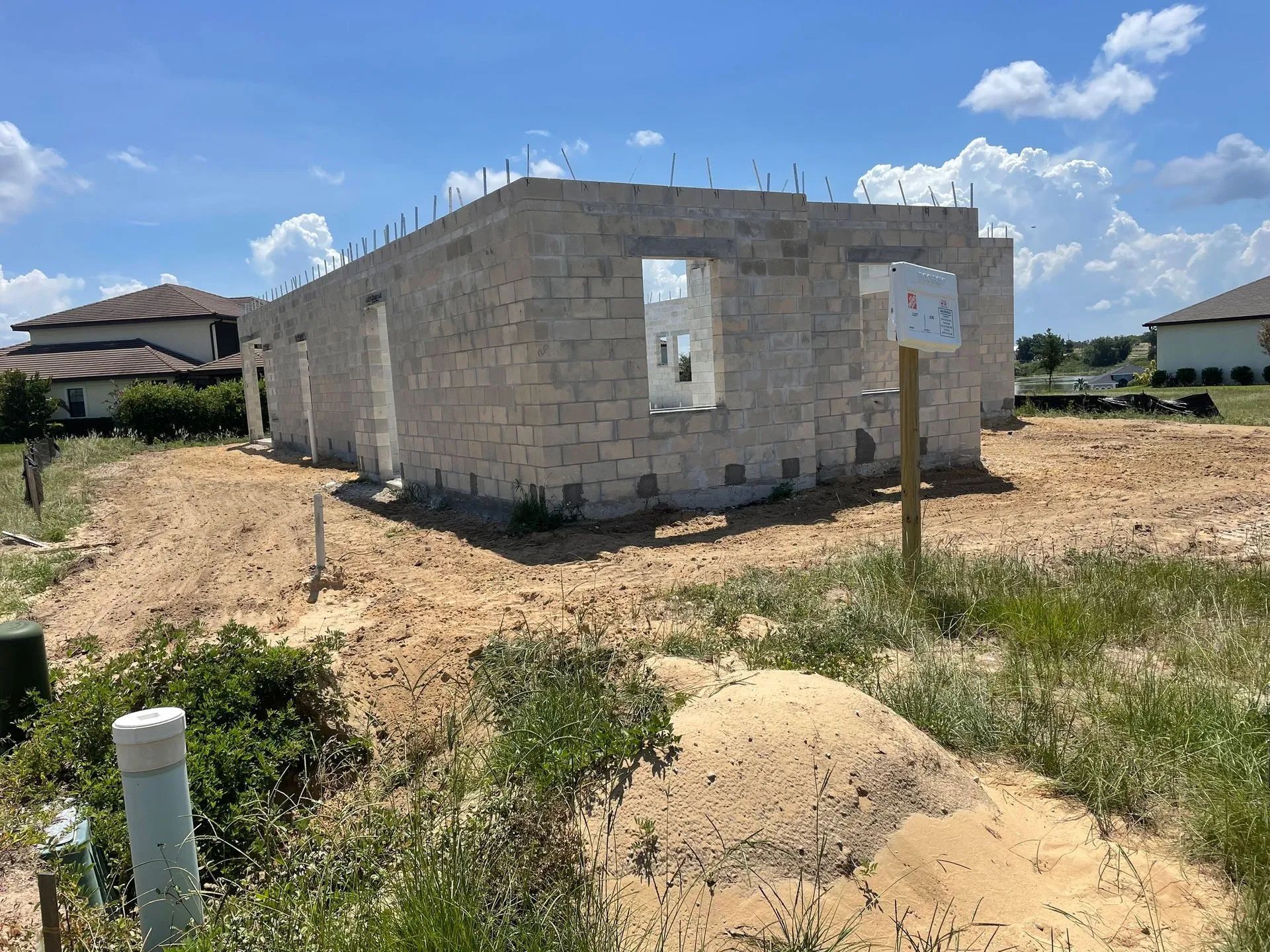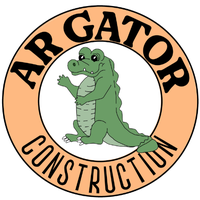5 Common Foundation Issues and How Quality Concrete Work Can Prevent Them
A solid foundation is essential to the safety and longevity of any structure. Yet, many homes and buildings face foundation problems that stem from poor construction practices, environmental factors, or aging materials. While these issues may appear inevitable, the truth is that many can be avoided with expert concrete work. Below are five common foundation problems and how quality concrete services can prevent them from occurring in the first place.
1. Foundation Cracks
Cracks are one of the most common and noticeable signs of foundation trouble. These can form due to soil movement, thermal changes, or shrinkage in low-quality concrete. While some cracks may be cosmetic, others signal deeper structural concerns. Preventing these cracks begins with high-grade concrete mixes, proper curing, and reinforcement. Expert concrete work ensures a durable surface that can expand and contract with minimal risk of cracking.
2. Uneven Settling
Uneven or differential settling happens when sections of a foundation sink at different rates. This leads to sloping floors, sticking doors, and visible cracks in walls or ceilings. It’s often caused by inadequate soil preparation or poor load distribution. Professional concrete contractors prevent settling by compacting the soil properly, using rebar or mesh reinforcement, and ensuring an even distribution of structural loads throughout the foundation.
3. Water Damage and Drainage Problems
Moisture is one of the biggest enemies of a stable foundation. If water accumulates around the base of a structure, it can weaken the concrete and shift the soil underneath. Poor drainage planning or improperly sloped concrete can worsen the problem. Quality concrete installation includes designing effective drainage solutions, applying sealants, and sloping surfaces away from the structure to direct water elsewhere.
4. Foundation Heaving
Heaving occurs when the ground under a foundation expands due to moisture, commonly found in areas with clay-heavy soils. As the soil swells, it pushes the foundation upward, causing floor displacement and wall cracks. Preventing heaving requires a strategic approach that begins with understanding soil conditions. Professionals use deeper footings, moisture barriers, and properly mixed concrete to counteract soil expansion and reduce movement over time.
5. Poor Concrete Mix or Application
A poorly mixed or improperly applied concrete foundation is a recipe for future issues. If the mixture lacks the right proportions or is poured without proper timing or curing, the foundation becomes weak and prone to damage. Expert contractors use the right concrete strength for the job, follow proper pouring techniques, and ensure the concrete cures under controlled conditions to maximize durability.
Protect Your Investment with Trusted Concrete Experts
Avoiding costly
foundation repairs starts with choosing a qualified team from the beginning. High-quality concrete work lays the groundwork for a structure that stands strong for decades. At AR Gator, we bring 15+ years of hands-on experience to every project in Lake Wales, FL, offering reliable concrete solutions tailored to your property’s needs. Whether you're building new or addressing existing issues, trust our team to deliver long-lasting results. Contact us today for dependable foundation protection.



